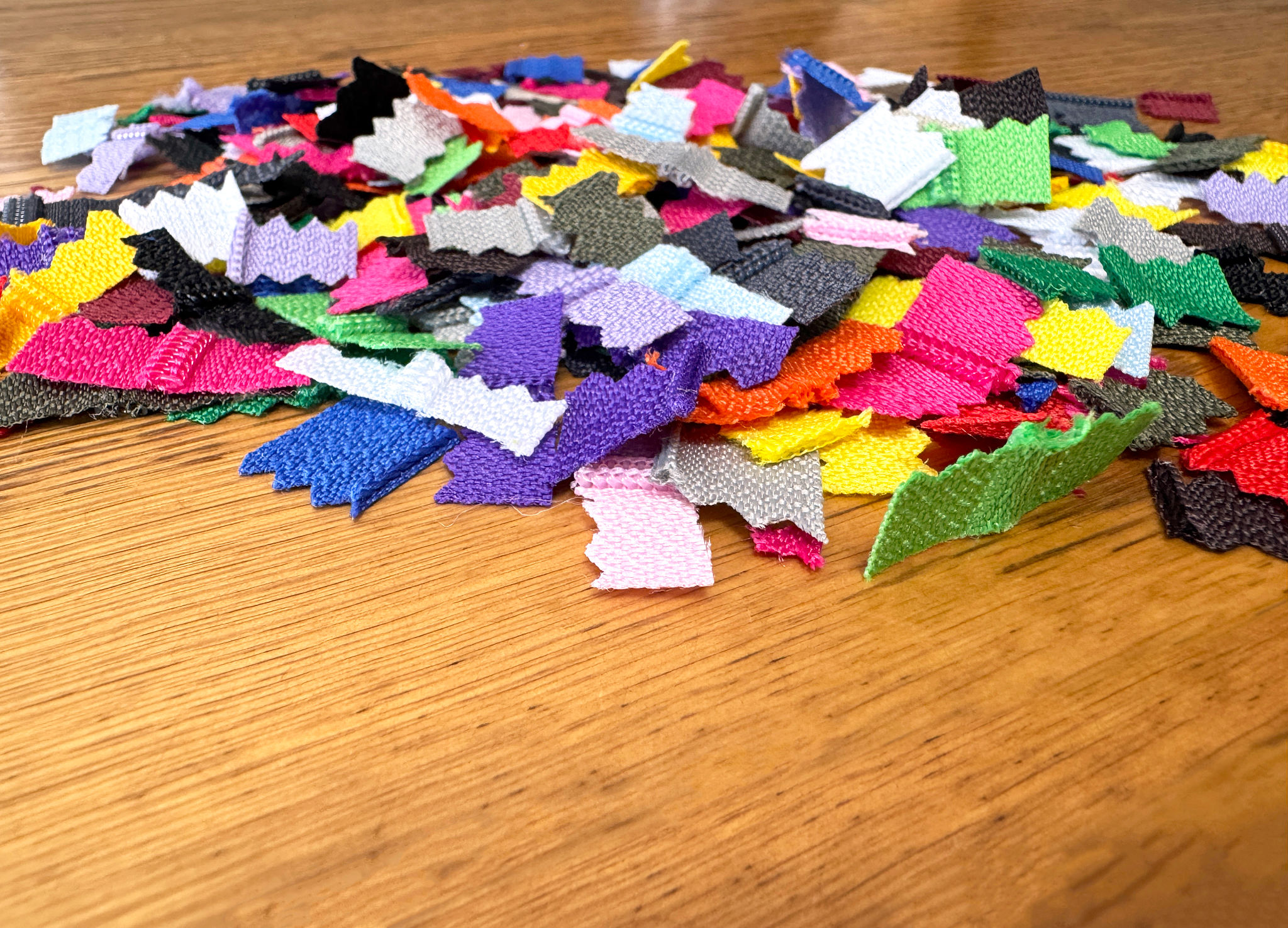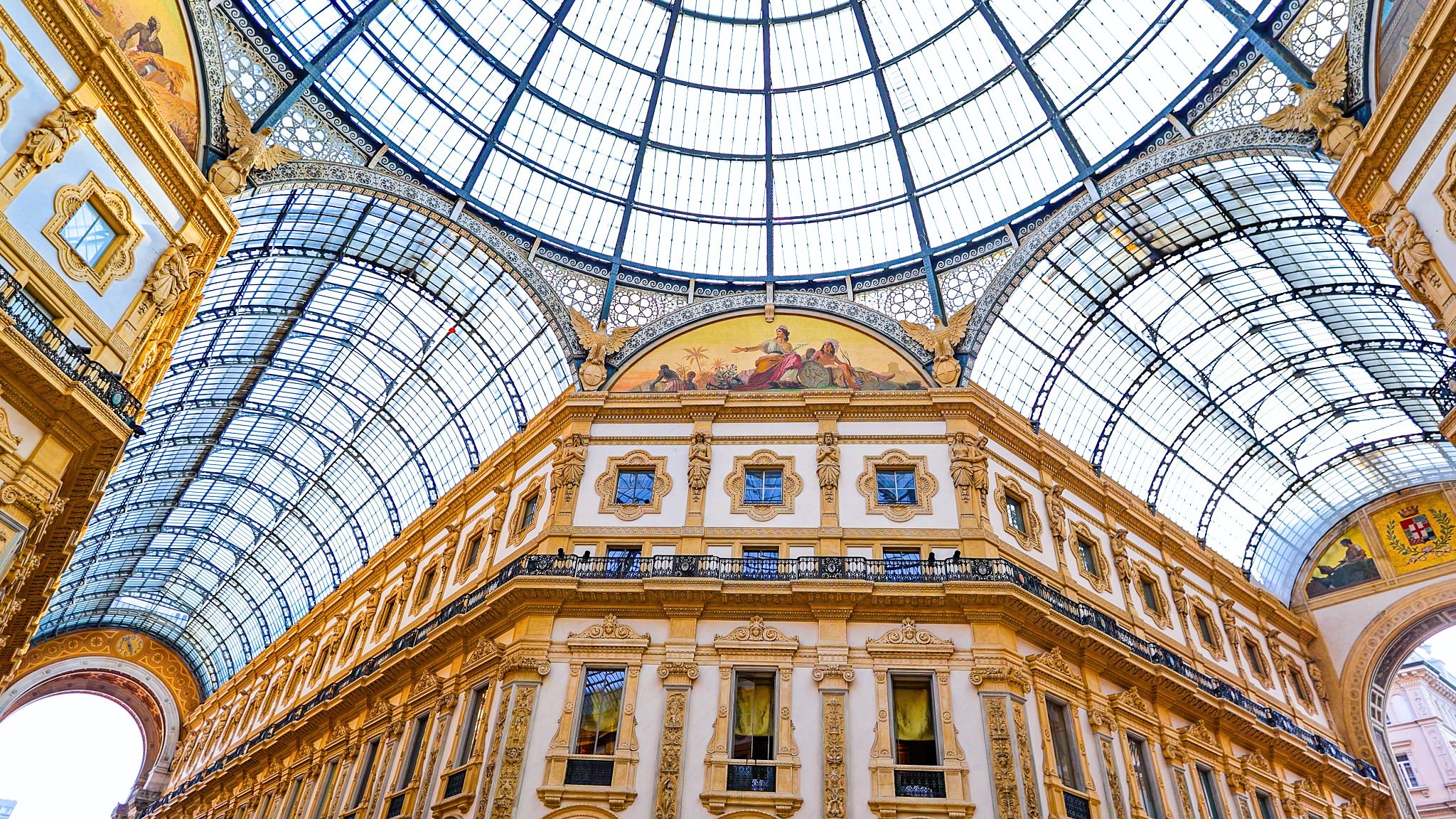The Role of Pigments and Dyes in the Vibrant Culture of Milano
The Historical Significance of Pigments and Dyes in Milano
Milano, a city renowned for its rich cultural heritage, owes much of its vibrancy to the historical use of pigments and dyes. These elements have played a crucial role in the city's artistic and fashion evolution, weaving a colorful tapestry that reflects Milano's dynamic spirit. From the Renaissance period to modern times, pigments and dyes have been integral to artistic expression and design.
The Renaissance era marked a significant milestone in the use of pigments in Milano. Artists during this period meticulously sourced natural pigments to create masterpieces that continue to captivate audiences today. The careful selection and application of colors brought paintings to life, adding depth and emotion to the artwork.

Natural Sources and Innovative Techniques
In the early days, pigments were derived from natural sources such as minerals, plants, and insects. These natural dyes were essential for creating the vivid colors that characterize Milanese art and textiles. Artisans would employ innovative techniques to extract these colors, ensuring their brilliance and longevity.
For instance, the use of lapis lazuli, a deep-blue metamorphic rock, was prevalent in creating vibrant blue hues in paintings. Similarly, carmine dye, derived from cochineal insects, was a popular choice for achieving rich reds. These natural sources provided a palette that was both unique and sustainable.

The Influence of Pigments on Fashion
Milano's reputation as a global fashion hub is intertwined with its mastery of pigments and dyes. The city's designers have consistently pushed the boundaries of color application, using vibrant dyes to create iconic fashion pieces. This bold use of color not only enhances aesthetic appeal but also sets trends that influence global fashion.
Fashion houses in Milano often experiment with different dyeing techniques to produce unique shades and textures. From tie-dye patterns to ombré effects, these innovations have cemented Milano's status as a leader in the fashion industry. The creative use of colors serves as a testament to the city's commitment to artistry and style.

Pigments in Modern Art and Design
In contemporary times, the role of pigments extends beyond traditional art forms. Modern artists and designers in Milano are exploring new mediums and techniques, integrating pigments into digital art, installations, and architecture. The fusion of technology with traditional pigments offers endless possibilities for creative expression.
This modern approach allows for experimentation with synthetic dyes and pigments that provide a broader spectrum of colors. As a result, artists can achieve hues that were once unimaginable with natural sources alone. This evolution continues to inspire future generations of artists in Milano.
Environmental Impact and Sustainable Practices
As awareness of environmental issues grows, there is an increasing focus on sustainable practices in the production and use of pigments and dyes. Milano is at the forefront of this movement, with many artists and designers adopting eco-friendly methods. The shift towards organic dyes and sustainable sourcing reflects a commitment to preserving both cultural heritage and the environment.
The city's dedication to sustainability is evident in initiatives that promote responsible dyeing techniques and the use of biodegradable materials. These practices ensure that Milano's vibrant culture remains vibrant without compromising ecological integrity.

The Future of Pigments and Dyes in Milano
Looking ahead, the future of pigments and dyes in Milano is bright. The city's continuous innovation ensures that it remains a beacon of creativity. As new technologies emerge, the potential for even more vibrant and diverse color applications will expand, enriching Milano's cultural landscape.
Through ongoing research and collaboration between artists, scientists, and designers, Milano will continue to lead the way in color innovation. This dedication to pushing boundaries ensures that the city remains a thriving center for art, fashion, and design for years to come.
